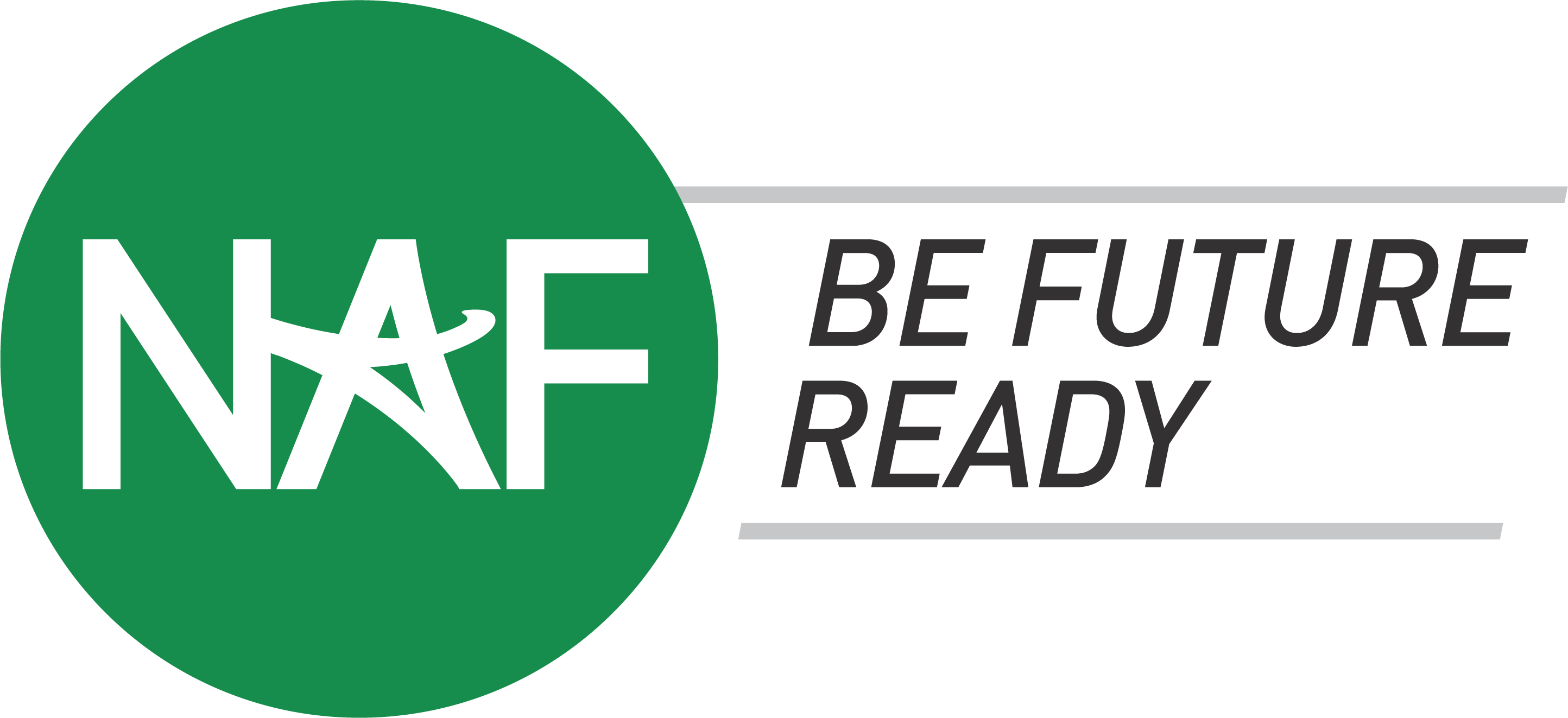Beyond Free or Reduced-Price Lunch: Smarter Tools for Data-Driven Impact
As the lingering effects of the pandemic are still to be seen, we face a major challenge as a nation to adequately identify the difficulties with which students are burdened. Simply looking at the cost of lunch no longer sufficiently captures what obstacles schools and students persist through in the communities in which they live.
In late August 2020, our team shared a post written by NAF VP of Research and Technology, Marc Lesser, titled, “Continue Free Lunch, But Let’s Evolve Proxies Driving Education Programs.” It was there that NAF laid the original groundwork for the months of progress that would follow, building a better data-driven tool for philanthropic organizations of all varieties to analyze and report on the investments they make. For NAF, a national network of education, business and community leaders focused on ensuring that high school students are college, career and future-ready, that charge came at a moment of strategic pivoting for the organization toward deeper investments in growing regions for our career academies. How could we understand the factors reported by stakeholder communities beyond free and reduced-price lunch, a program started in 1946 with Harry Truman’s National School Lunch Act? Could policymakers and analysts have then predicted that its program participant count would one day become the single most cited metric for describing the social make-up of school communities?
Seventy-five years later, with hundreds of additional data sets now widely available thanks to the internet, an opportunity is ripe to do better. First let’s understand what is obtainable and reliable data for understanding social context relevant down to a local level, but also available nationally. Next let’s choose from a better data pallet – one that when blended gives richer texture to the challenges we aspire to overcome. Finally, let’s create more of these sense-making tools and open their access to the thousands of organizations working to drive change locally and nationally. This year, we are launching our “Community Stress Index” and have partnered with some of the most talented minds in applied research and data science to get to where we are today — the starting line for a journey that continues.
For individuals and communities, stress comes in many forms. It doesn’t define us as learners, nor does it define the community from which we came. We spent countless hours debating whether using the word “stress” was too deficit-oriented and are still asking questions about where we landed. It felt disingenuous to refer to it as something less, but commit ourselves to the necessity of asset-based approaches to communicating in the context of education and data science. We envision this tool being used in research, programmatic investment, education leadership, and philanthropy, as better calibration of community stressors is needed to gauge the success of philanthropic and/or other community initiatives – especially in the context of educational impact. Our goal was, and is, to collate data on field-wide indicators of stress that would allow organizations like NAF to ask: How can we help to identify the interplay between barriers and aspirations? Where can we be additive partners to the many who work to spur change in a dynamic local system?

NYU Marron Institute of Urban Management collaborated with us to build this pilot. Together we set out to generate a tool to help philanthropic and nonprofit organizations leverage open data to go beyond lunchtime. The background of the Marron data science and research team provided a wide range of expertise when conceptualizing and brainstorming the Community Stress Index. Each member is an expert in different facets of creating public-facing tools to inform policy and social justice initiatives. Specifically, as their work previously aided entities like the United Nations and the Victoria (Australia) Department of Justice and Community Safety. Our goal was to do something similar, but with a focus on US public high school communities. Where to begin was an enormous question that we pondered starting in the fall of 2020. Luckily, and thanks to our partners at Marron Institute, we identified a lot of innovative ideas. We scoured data sources, looking specifically for open data sets maintained by reliable entities.

Quickly we began to focus on organizations with national reach and a long reputation for maintaining data over time that update in cycles as often as one year, but no more than three years. This means that when we use numbers from the index, we count on the information being the most up to date that researchers can expect at the scale we cover (schools and communities in the US). On page five of our Users Guide, you can check out all data sources we reference and frequencies with which they’re updated.
For individuals and communities, stress comes in many forms. We narrowed down to five key areas: Economics, Education, Health, Housing, and Crime. While other online tools like this exist (and we encourage a look at several of the quality tools developed by organizations we admire) the Community Stress Index is unique in that all data aggregation drills down to the high school level. This means the data aggregated correlates with school attendance boundaries, more accurately conveying detailed factors for communities in which our nation’s ~23,000 public high schools are embedded rather than being limited to parameters like county level as other tools are.
The exemplars we built from include:
- Community wellbeing: https://wellbeingindex.sharecare.com/
- Opportunity Index: https://opportunityindex.org/
- Kids Count: https://datacenter.kidscount.org/locations
- Distressed Community Index: https://eig.org/dci
- Healthiest Communities – US News: https://www.usnews.com/news/healthiest-communities
- Community Opportunity Map: https://www.casey.org/community-opportunity-map/
The Community Stress Index examines five multi-dimensional domains and 16 indicators of quality of life in communities throughout the country such as unemployment, high school graduates, access to health care, housing affordability and violent crime at the state, county, city, school district, and high school levels. The Community Stress Index achieves this by combining these 16 indicators to create a composite picture of the factors affecting individual communities.

Once we developed the first prototype of the Community Stress Index, we presented this model to NAF staff, education partners, other nonprofits in the education space, and corporate stakeholders for feedback. We were encouraged by the findings – noting that out of the 75 people who piloted the Community Stress Index, 95% found it useful or very useful. We are currently applying the feedback we received and making notable revisions to the pilot to include more visuals, streamlined U/X, and the potential to integrate more and different data over time.
In 2022, NAF will be implementing a Beta of the index that will be widely available to the public and on any web browser. The Beta will be informed by our pilot, but by no means is a final product. Our goal is to continue building toward a practical instrument that moves our collective work forward.
If you’re interested in joining us: becoming a pilot partner can involve a 10-minute survey or something more time-intensive. We’d love to hear from you.
If you are interested in learning more about the Community Stress Index, reach out to Dr. Nicholas Minar.





